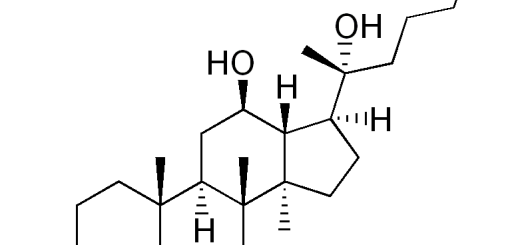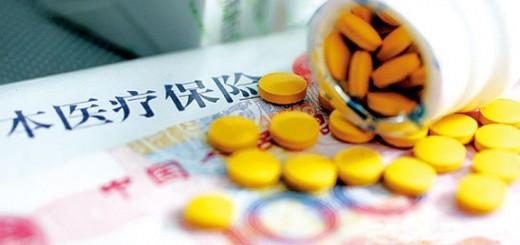| Share This Article
Research Frontiers of Medicinal Plants |
||
| DOWNLOAD |
|
Downloads Pharmacological Review of Ginsenoside Dammarane Saponin Rh2 Downloads Pharmacological Review of Ginsenoside Dammarane Saponin Rg1 Downloads Pharmacological Review of Ginsenoside Dammarane Saponin Rb1 Downloads Pharmacological Review of Aglycon Dammarane Sapogenin (AGS) – Protopanaxatriol (PPT) Downloads Pharmacological Review of Aglycon Dammarane Sapogenin (AGS) – Protopanaxadiol (PPD) |
Dammarane Sapogenin PPT Ameliorates Chemotherapy-Induced Bone Marrow Suppression
Bone marrow suppression refers to a decreased ability of the bone marrow to manufacture blood cells, and is a common side effect of chemotherapy. Chemotherapy affects not only cancer cells, but other rapidly dividing cells, including the cells in the bone marrow that will become red blood cells ( RBCs ), white blood cells ( WBCs ), and platelets. The symptoms of bone marrow suppression may include fatigue (due to anemia ), easy bruising (due to a low platelet count), and infections (occurring secondary to a low white blood cell count). Dammarane sapogenin PPT (protopanaxatriol) is the most active ingredient in Asian ginseng. Recent research found that PPT can protect bone marrow from cyclophosphamide abuse and ameliorate the bone marrow suppression during chemotherapy. In mouse model, bone marrow suppression was induced by introperitoneal injection of cyclophosphamide, however, both the preventative (before chemotherapy) and therapeutical (immediately after myelosuppression) uses of PPT at differnt doses markedly ameliorated the bone marrow suppression, and the recovery rate and magnitude of WBC and platelets in PPT treated mice were much faster and greater than untreated ones. In-vitro culture of bone marrow cells demonstrated a higher colony forming ability in PPT treated mice. Furthermore, the PPT treated mice have more cells (higher cellurarity) in bone marrow in histological staining, and spleen cells (B lymphocytes predominantly) proliferated rapidly in response to lipopolysaccharide stimulation. In summary, dammarane sapogenin PPT (protopanaxadiol) protects bone marrow from cyclophosphamide toxicity, and it could be of great clinical significance for prevention and treatment of bone marrow suppression during chemotherapy. Orignial research was published on Exp Biol Med (Maywood). 2011 Jun 1;236(6):729-35 Abstract PMID: |








